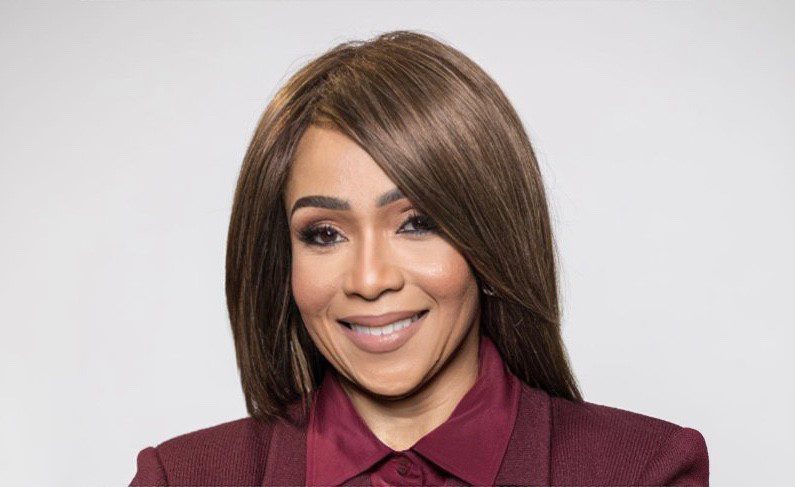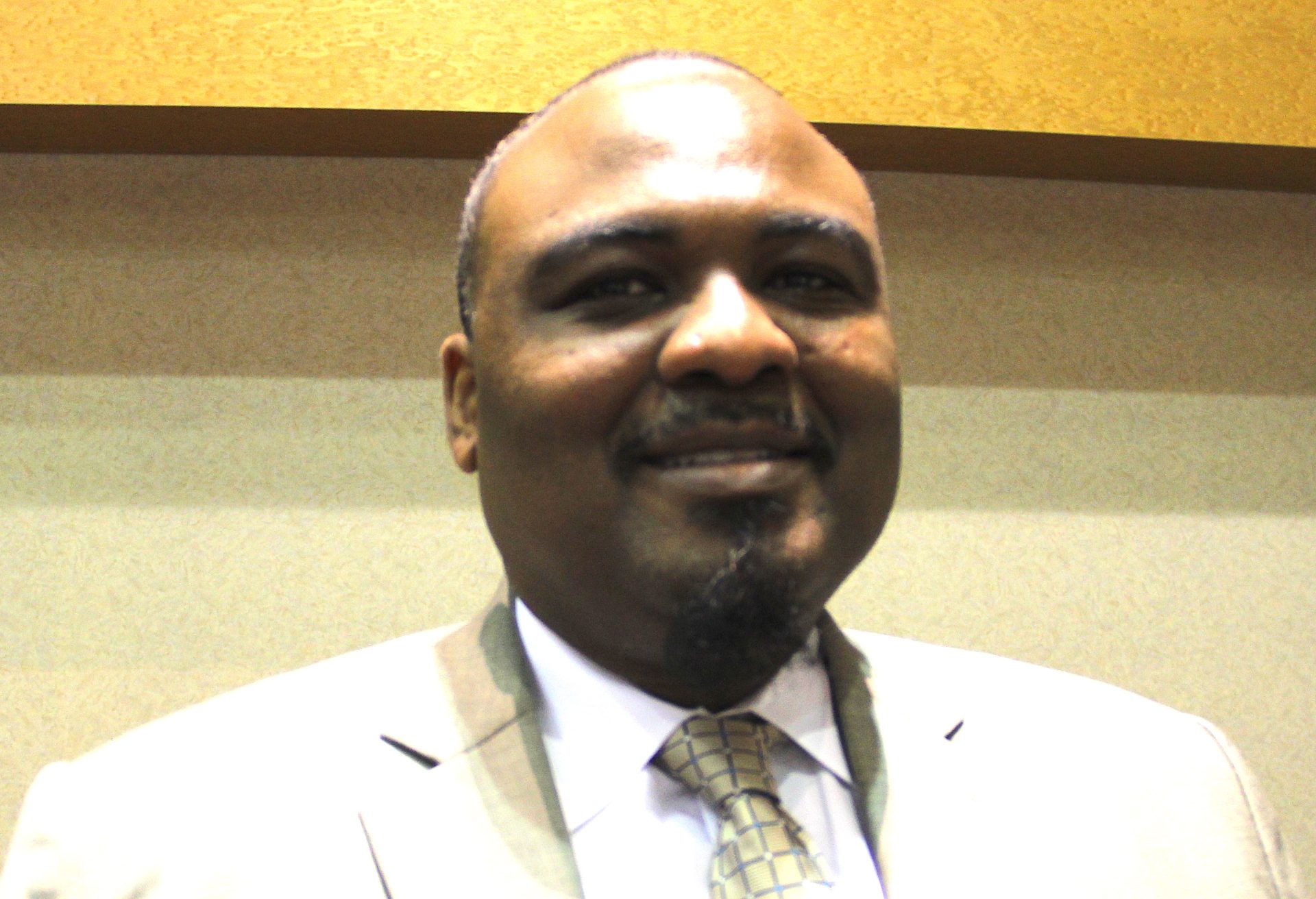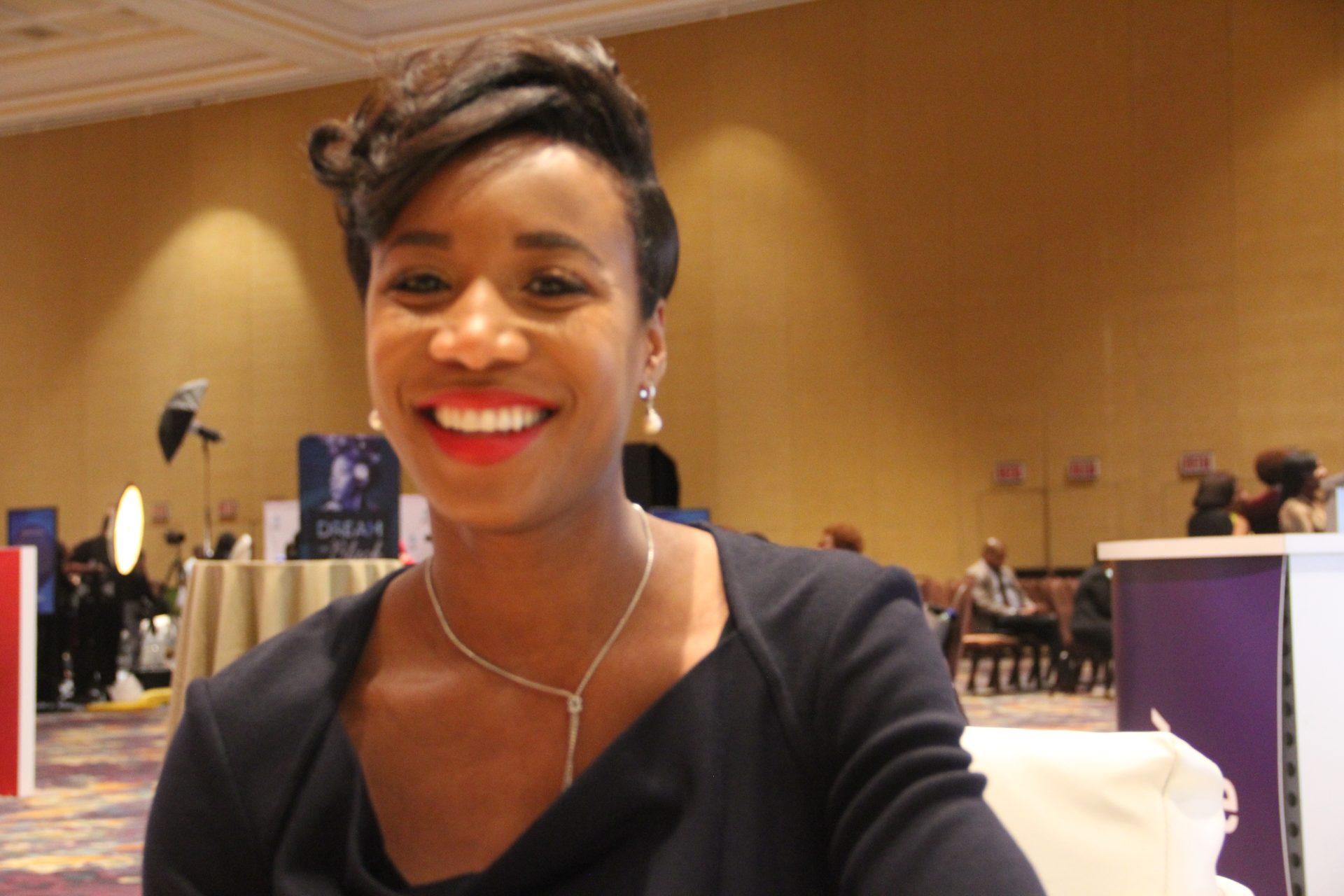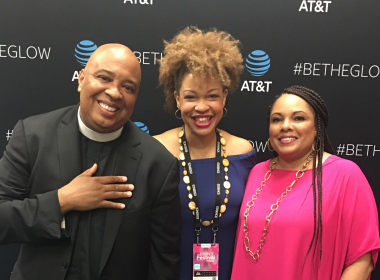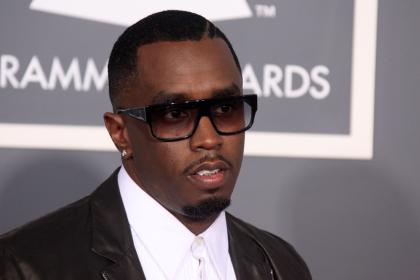Pamela McElvane, publisher and CEO of Diversity MBA Magazine, is bringing to light the diversity crisis in corporate America and what top companies are doing to combat the sometimes unconscious bias that robs companies of doing what’s best for business.
McElvane says, “It’s about being aware of the diversity issue and finding intentional solutions — moving from strategy to tactics.”
September 16-18, 2014, Diversity MBA Magazine will host its eighth annual Diversity MBA Leadership Conference & Awards gala at the DoubleTree by Hilton Chicago at 1900 Spring Road in Oakbrook, Illinois. The three-day event will gather leaders from all sectors of business to champion the power and resonance of diversity. During the conference, Diversity MBA will honor the top 100 executives of color under 50 and the corporations leading the way to establishing a diverse workforce at the executive level.
Rolling Out spoke to McElvane about the current diversity landscape and the publication’s upcoming conference.
How has the diversity landscape evolved over the years in this country?
When you go back to the 1960s and look at the Plan for Progress when President Lyndon Johnson was really trying to activate diversity, at that point it was about [granting access to] black people and women into the government contract space. In the 1970s, Affirmative Action was driving even more of that conversation around entrance and representation for people of color and women. Through that time you’ve seen some good bearings for people of color throughout the 1970s and 80s.
Over the past two decade, the continuous movement of white women has prolonged, and they’ve continued to advance and benefit from the whole diversity strategy. Companies have since moved into diversity – unregulated and it’s been more of a consciousness of what’s good business. The challenge, and what we’ve seen in the trend, is the same aggressive movement and advancement has not occurred for people of color. It has occurred for white women. They’ve been the largest group – most favorable group — and have been advancing consistently and continuously. And people of color have progressed more slowly.
And within people of color, in the early years [of the diversity push], African Americans were gaining the most advancement of any diverse group. Within the last five years, because of immigration and the impact of Latinos and other immigrants coming in, we’re seeing companies aggressively look for Latino representation because of what they are projecting consumer spending will be.
So when we look at what’s happening in representation and the diversity landscape, it almost appears as if it’s shrinking –people of color are shrinking in the pipeline. And the advancement opportunities are happening with white males and females.
[There is also the notion of bias. When hiring managers are hiring people with whom they feel the greatest level of comfort, and often these are people who look like them.]
Companies today have to have an intentional strategy that is actionable tactically. So the strategy is, [the system has] got to move people of color and advance these groups as fast and as aggressively as it has white women. That’s easier said than done. How is it done? Tactically. [Companies] have to be able to be intentional, so that means agitating the status quo.
That’s the premise to me, why I say diversity is in crisis. Because in the market place some people get it, and others don’t understand we’re at the bubble and it’s flowing over and it’s time if shift. So the paradigm shift is among us. But the good news is that corporate America is starting to recognize these biases.
Can you give an example of a company who is fully embracing diversity?
The companies that we’re recognizing on our 50 Out Front list [are embracing diversity]. We’re looking at companies that want to be intentional about the movement of people of color and the advancement of all people in their organization.
The top 10 companies of the Top 50 Upfront are,
1) Accenture
2) AT&T
3) A.T Kearney
4) DIAGEO
5) Verizon Communications
6) Health Care Services Organizations
7) Carolina’s Health Care System
8) Blue Cross Blue Shield, MI
9) Colgate-Palmolive
10) Bank of America
What I particularly like about what AT&T is doing is that they are taking their diversity program or employee resource groups (ERGs), which are designed to help culturally engage employees, and they’ve created an ERG academy. They’ve taken their existing learning system, their university platform, and have provided the same level of access to professionals so they can be prepared to go to the next level.
Companies like Allstate have invested in cultural competency training. This company is spending the time to train their managers so that they are aware of the bias that exist in hiring and where decisions are made. Allstate also has platforms where they are putting people who aren’t on the radar in front of senior leaders. This company is very intentional in what they are doing.
Can you talk a little about the upcoming conference and what attendees can expect?
We are so excited to be moving into our 8th year! Every year, we try to be a little more innovative. My vision for the conference and the magazine is always to be able to recognize companies for diverse leadership as they move people into management roles. So rankings are really based on how companies have developed women and people of color. I wanted to not only recognize them in the magazine, but publically, and to bring these companies together for knowledge sharing to be able to recognize them all at the same time.
Year one, in 2007, we had 150 people, we trained 35 folks during the day, we had two companies that we recognized and here we are today in 2014 training 350 executives during the day and recognizing 150 people and have grown to about 1200 attendees.
We created industry roundtables, we have six of them, where companies are coming together — in healthcare – Kaiser Permanente and John Hopkins University have brought together some great conversation around healthcare disparities. We have AON with the University of California at Davis doing financial services with the focus on insurance. We have Verizon teamed up with Chicago School of Professional Psychology. We have a technology professor talking about innovative technology. We have Nielson teamed up with Loyola University talking about retail and consumer practices. We have United and Chicago State University and Chicago Suppler Diversity Council discussing supplier diversity.
We are so excited to bring these entities together for power packed conversations, and then celebrating them.
We have also launched our college summit. We’ve 100 students, complementary, with the help of our corporate sponsors. We are teaching them about leadership and career development opportunities.
The most exciting part of our conference is, through conference communications partner Verizon Communications, bringing major technology for us to activate social media in real time to our mobile application. We also have AT&T there aiding in our registration. We have one and two in our house enhancing our social media platforms. We also have Nielson bringing in their research platform so people can get real time information.
We are setting ourselves up to be second to none. That’s impact.
For more information or the attend the annual conference, visit https://www.diversitymbamagazine.com/.


